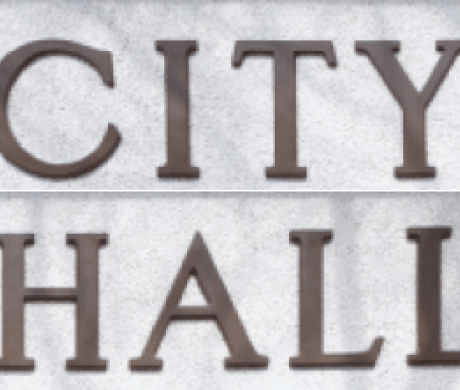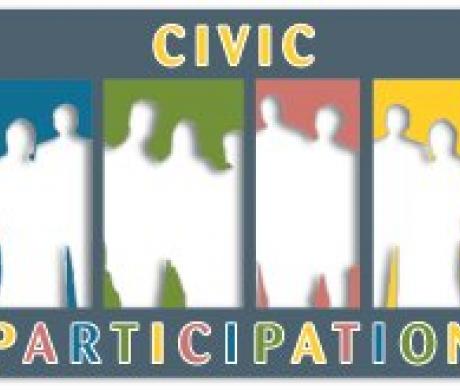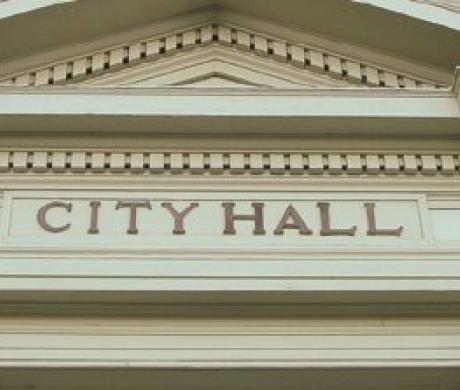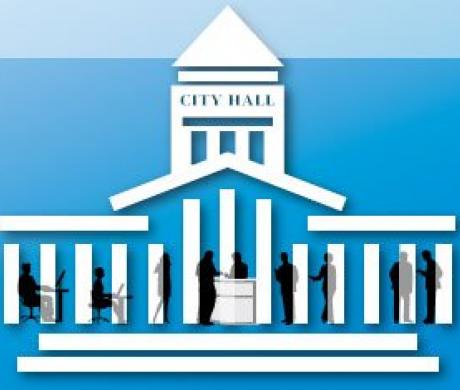Making City Operations More Transparent
California’s city officials are always looking for ways to make city operations more transparent to the public and engage the community in the municipal decision-making process.
Most residents want to know how decisions — particularly budget-related decisions — are made at the local level and how much a particular course of action is going to cost the city and its taxpayers.
Technology offers a number of ways to do this. Your city’s website is a useful tool in the effort to help your community and the media understand the local decision-making process and the fiscal impacts of such decisions.
Although posting this type of information requires staff time and resources up front, updating the information takes relatively little effort once the format is in place. Furthermore, making these facts readily available saves time and money associated with responding to queries for municipal information and Public Records Act requests. Finally — and perhaps most important of all — making city operations as transparent as possible enhances public trust and confidence.
The Decision-Making Process
Whether your city is just getting started in its online transparency effort or has been working to increase online transparency for some time, it can be helpful to look at the types of questions that residents are asking and which kinds of information are frequently sought in requests for public records.
Keep in mind that the information should be presented in language that is easy to understand and incorporated into the city’s website in a way that makes it simple to find.
Consider posting information on your city’s website about the municipal decision-making and advisory bodies — the city council as well as any task forces, boards and commissions. This information can include:
- An explanation of the city’s decision-making process and how to participate in it;
- A brief explanation of how each advisory body fits into the decision-making process;
- The work program for each body or equivalent (for example, the planning commission is updating a historical preservation ordinance, or the recycling and waste reduction commission is crafting a commercial recycling ordinance);
- The performance measures used to assess the city’s performance in relation to its goals;
- The regular meeting schedule for each body;
- Any meeting rules or protocols adopted by the city;
- Agendas and supporting materials for upcoming meetings;
- Meeting notices, agendas, documents and minutes for all upcoming and ongoing public engagement activities (translated into other languages as appropriate to the community);
- An explanation of how an interested member of the public can participate in meetings;
- How to apply to be on a board, commission or committee;
- How to receive email notices and agendas for meetings; and
- Contact information for staff who can answer questions about any of the posted decision-making information and provide additional information.
This list is adapted from the article, “Website Content for Local Agencies to Consider: A Checklist,” June 2012, Western City, which provides a detailed list of items that cities and local agencies may wish to post online as part of their transparency efforts.
Some cities are also making use of digital citizen service centers, which are featured on the city website as a smartphone app. Such apps essentially provide a virtual city hall that gives residents 24/7 access to city information, departments and services. For example, the City of Pasadena’s app includes a search engine as well as a list of the most frequently requested items and a list of topics spanning city departments and services. Users can submit requests for services and view quarterly reports.
Free Materials Make It Easier to Explain Budget and Finance
Helping community members understand the city’s decision-making process is a first step. A second key element of fostering transparency involves communicating how the budget process works and explaining the nuts and bolts of city finance.
The good news is that California cities have access to numerous free resources that can be used to help explain the basics of municipal budgeting and finance in lay terms to community members who may not be familiar with these topics. The Institute for Local Government (ILG), the nonprofit research affiliate of the League and the California State Association of Counties, offers a variety of free materials at www.ca-ilg.org/budgeting-finance with plain-language explanations of:
- Budget creation and monitoring;
- Financial reporting and accounting;
- Local agency financial policies and practices;
- Capital financing and debt management;
- Purchasing and contracting practices; and
- Long-term financial planning.
ILG welcomes cities and local agencies to link to these materials as part of their public education and transparency efforts. In terms of your city’s specific information, consider posting these items on your website:
- Current-year budget and explanatory information, including past years’ information, budget trends and the resolution adopting the current budget;
- Graphs and charts describing the budget and budget trends;
- Explanations of various city revenue sources, restrictions on how such revenues may be used, and revenue trends;
- Comprehensive annual financial reports;
- Annual audits for the past three years;
- Multiple-year financial forecasts;
- Treasurer’s monthly reports;
- Salary and compensation information;
- Contracts and purchasing information, including current contracts with consultants, legal counsel, top-earning administrators, bargaining units, lobbyists and nonprofits;
- Current requests for proposals (RFPs) and requests for qualifications (RFQs);
- Purchasing policies;
- Information on doing business with the city;
- Other spending information, including a check register or equivalent (for example, an annual list generated from accounts payable that shows who was paid and how much), and legal settlements and judgments;
- Labor agreements, personnel rules and all nonconfidential documents controlling, prescribing or describing rules that govern pay and benefits received by local agency employees;
- Financial policies, including those that address investment, credit card use, reserves, travel/expense reimbursement, petty cash, and internal controls/financial checks and balances; and
- Contact information for staff who can answer questions about any of the posted financial and human resources information and provide additional information.
Again, this list is adapted from the article, “Website Content for Local Agencies to Consider: A Checklist.”
Additional Resources
The League also provides a variety of tools for cities seeking to increase transparency. One useful example can be found on the League website (www.cacities.org) home page by clicking on the Resources tab and selecting the Open Government page. This page provides links to a comprehensive set of resources related to open meeting law, open records law, transparency law and much more. These resources encompass articles and checklists, as well as compensation surveys and additional material.
I encourage you to take advantage of the free resources and materials offered by the League and ILG. In addition to the items mentioned here, you can find more detailed information and links below.
Additional Resources
League of California Cities’ Open Government Page
Institute for Local Government’s Public Service Ethics Resources
Engaging the Public in Budgeting
This article appears in the December 2013 issue of Western City
Did you like what you read here? Subscribe to Western City










